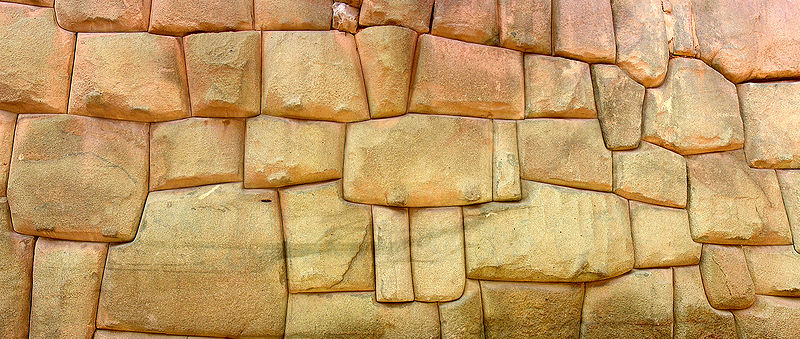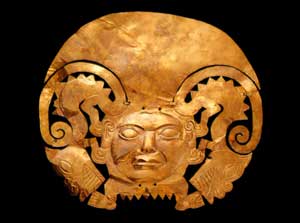
art inca - Uncu o poncho inca. Tocapu Tunic. Dumbarton Oaks 1550
The Incan tunic or uncu is one of the finest garments that the Incan man wore. Their standardized tapestry woven garments out of camelid fiber are high thread count, and require an intense amount of work and skill. Their function was essential and a necessity in the climate of the Inca state. The tunics and weavings are produced in mass quantities, and obtained a significance in the Incan state. Eyewitnesses of the European invasion saw the local warehouses where the items were kept, and the multitude of wool, cotton, cloth, and garments was astronomical. The houses were filled to the top. Chosen women or aqllas, the most beautiful women in the empire, were taken from their homes at ages of 12-15 in order to maintain their chastity while learning how to cook, spin, weave, brew, and often sing, play music, and cultivate fields. These women were often then given as “gifts” to loyal Incan men in conquered tributary regions, as well as the fine cloth garments. This emphasis on the chosen women and the cloth in the Incan state brings to bear the significance of what the role of these “gifts” played in society. The Inca “gift” of either women, cloth, or beer, meant that if it is accepted, the person gives their loyalty and contract to work for the Inca ruler or state. The idea is called mink’a, “where the feeder proprietor outranks the dependent laborer.” The tunics of the Tiwanaku, and the Tocapu tunics and the chosen women who make them show how the fine tunics illuminate the sociopolitical structure of the Inca and the idea of “gifts,” and mink’a.
The Incan tunic or uncu is one of the finest garments that the Incan man wore. Their standardized tapestry woven garments out of camelid fiber are high thread count, and require an intense amount of work and skill. Their function was esse ...








